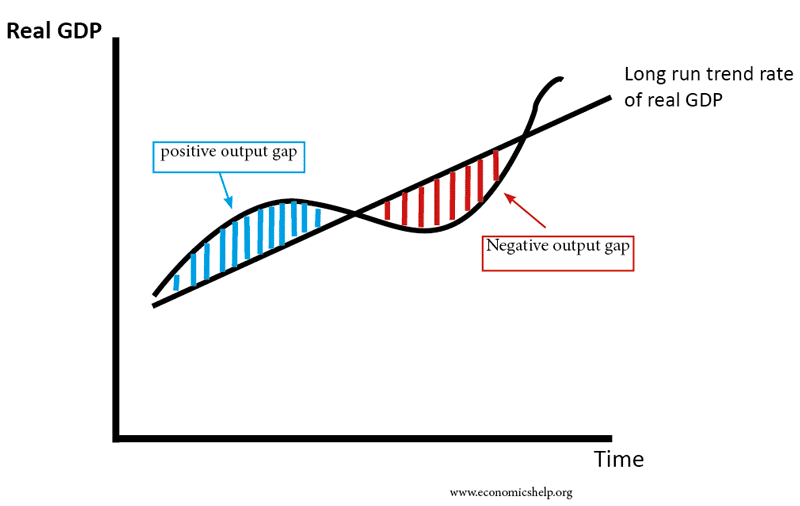

This conclusion is buttressed by the fact that, within a given industry, it is possible to find companies with different time horizons and different levels of success. Stable, successful companies in longer product cycle businesses-and there are many-are proof that effective management can collect and organize financial, human, and technological resources for competitive commercial activities with payback far in the future. Companies in industries with long product or market development cycle times-pharmaceuticals or airframes, for example-must have relatively long investment horizons. Industry-specific variation in time-dependent business matters illustrates an important point about time horizons: that individual company management and governance practices play a fundamental role in determining time horizons. Industry norms for research and development funding levels, development investment per product cycle, plant and equipment investment life, new product pricing strategies, employee reward systems, and competitive strategies are all affected by industry-specific timing factors. The implication of these variations in industry-specific time cycles is that there will be substantial "natural" variation among industries in many time-dependent business matters. The position of different products in Figure 1 shows how two important operational time constants-time to develop and market new products and market life of products-vary by industry. Wide dispersion, by industry, of both the development times of new products and the market life of products.

Figure 1 shows the variation in company options through the In addition, companies in different industries obviously face different time horizons as a function of different economic, technological, market characteristics, and competitive conditions.


This list makes clear that every corporation operates with a host of different time horizons for its activities companies must balance a range of different time-dependent business activities. The time scale embedded in the employee incentive and reward system The time it takes for a competitor to copy a product and get that product to the market The length of time ahead that an organization can plan because of uncertainties affecting forecasts (procurement cycles, legal changes, or regulatory practices) for the industry The time it takes for a new market to develop and become saturated The expected time between investment in development of a new technology and payoff The time needed to build critical skill bases and teams, or to develop or deploy long-lived assets needed to improve company productivity The planning time frames (operating, business, and strategic) for which a company develops actions it chooses to pursue The time required to commercialize a new product or service that depends on the development and deployment of new technology Examples of the role of time in company activities include What is clear is that time, as an element of planning, decision making, and execution, is a crucial aspect of competitive performance in a number of industry sectors. There is no single or standard definition of the term time horizon and no agreement on what business functions are affected by time horizons that are too short.
#TIME HORIZON DEFINITION ECONOMICS FREE#
Clark, Dynamic Manufacturing: Creating the Learning Organization (New York, Free Press, 1988) p. Their decisions regarding which opportunities to pursue and which to abandon, which aspects of the organization to strengthen and which to de-emphasize, and how much of their assets to devote to future rather than current needs, ultimately determine the firm's physical assets, human resources, technological capabilities, and overall competitiveness. Opportunities to invest its limited resources arise continually, in a variety of ways, and must be acted upon by people throughout the organization.
#TIME HORIZON DEFINITION ECONOMICS SERIES#
The structure that a mature enterprise takes on at any point in time essentially represents the accumulation of a long series of prior resource allocation decisions.


 0 kommentar(er)
0 kommentar(er)
